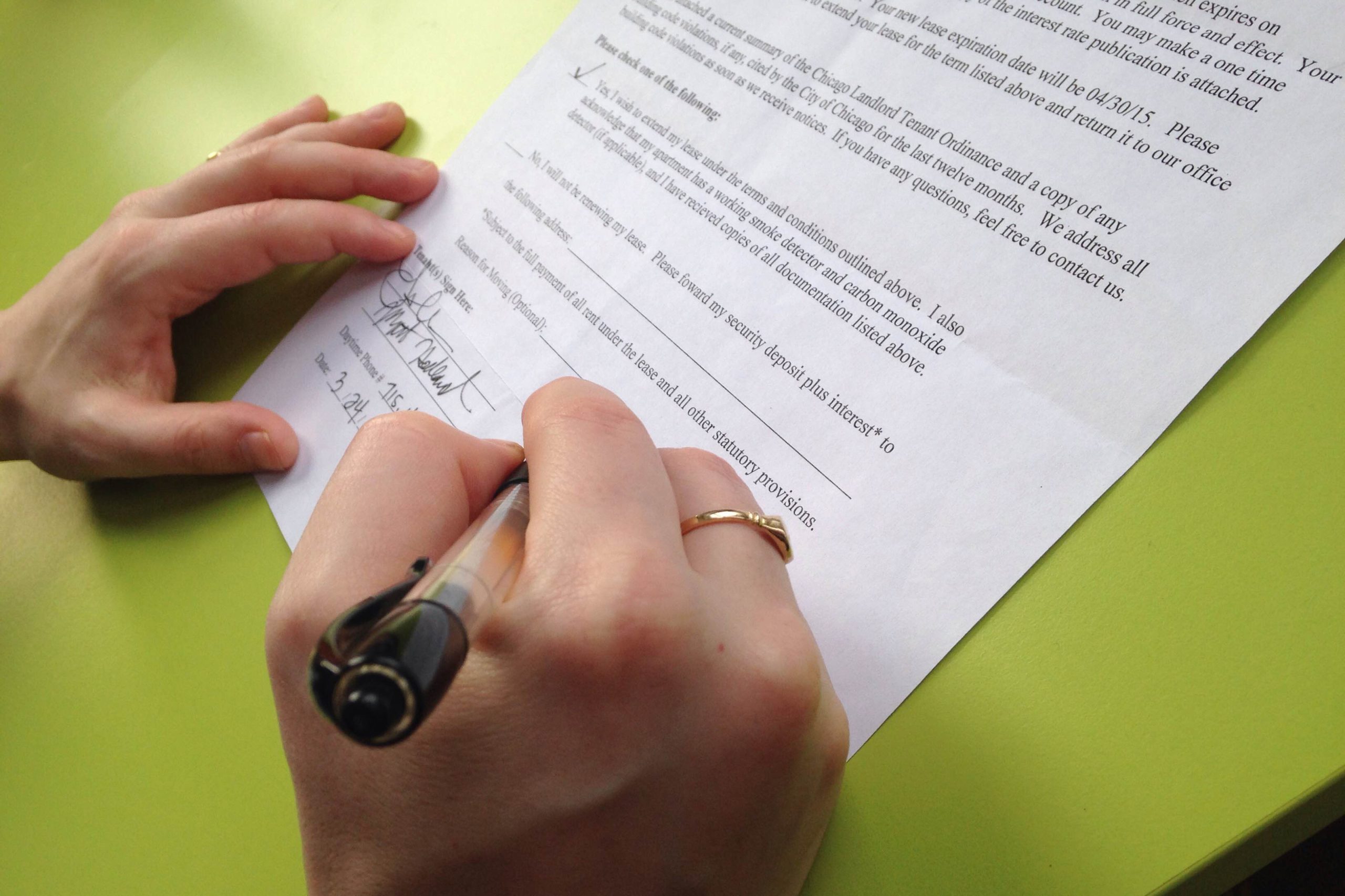A work accident is an accident that occurs at work, but it can also concern an accident during a business trip or even on the way to work. In any case, it is important to be well informed and to follow the legal steps in accordance with the laws that govern them. In this article, we present the important steps to follow, from the declaration to legal recourse in the event of a dispute.
Declaration in the event of an accident at work
The first step concerns the declaration as such, that is to say the fact of having the accident at work recorded. It should be noted that for an accident to be considered an accident at work, it must occur in the context of your professional activity and cause the sudden appearance of injuries – which were therefore not there before..
Report an accident at work
The Social Security Code provides that the victim of an accident at work must inform the employer or have it informed at the latest within 24 hours following the accident at work, except in the case of a case of force majeure. Your employer must then declare the accident to your CPAM (Caisse Primaire d'Assurance Maladie) within 48 hours and has the right to express reservations as to the professional nature of the accident. If the accident gives rise to a work stoppage, he must also send your CPAM a certificate which will be necessary for the calculation of daily allowances. The CPAM then informs you by mail of the good reception of the declaration of accident at work.
Report a commuting accident
In the case of a commuting accident, an accident that takes place between the home and the place of work, or the place of work and the usual or recurring place of lunch, the procedures are relatively similar. You must prove to your employer that it is an accident which can be considered as a commuting accident, that is to say independent of your will and resulting in injury. Your employer must declare it to your CPAM, and the following steps are similar to those mentioned above.
Special case of the accident of the employee on mission
For commercial professions, for example, the case law of the Court of Cassation considers that it is difficult to distinguish between a professional act and an act of everyday life. The employer in this case must prove that the employee had interrupted his activity for personal reasons.
Consultation by a practitioner
You must have your condition confirmed by the doctor of your choice, your general practitioner or another. The doctor who assesses your condition must then draw up a medical certificate indicating the lesions observed as precisely as possible and also indicating any sequelae. If necessary, the doctor issues a work stoppage certificate. And in the event of an extension of your work stoppage, during a consultation to check your condition after the accident, he issues an extension medical certificate. In order to be supported from a legal point of view it is important that this is done well.
Crash status recognition
Once the first steps have been taken, i.e. you have declared your accident to your employer, the latter has declared the accident to your CPAM, and you have provided them with the medical certificate, the CPAM has 30 days to report on the status of the accident. It is possible that an examination or an additional investigation will be carried out if your employer had expressed reservations as to the nature of the accident and/or if the CPAM justifies that this is necessary.
In the event of disputes with the injured party
In the event of litigation, this is never desirable, it is important to be aware of the means of appeal. If your employer has doubts and the CPAM justifies after investigation that the declaration of an accident at work is not justified but that you think you are within your rights, it is important to call on a lawyer specialized in health law or bodily injury, who can represent and defend you before the Tribunal de Grande Instance.



